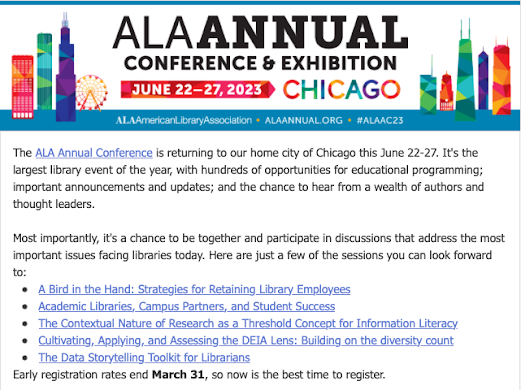Digital Storytime
The Digital and Traditional Storytimes Research Project. By: Collen, Lauren. Children & Libraries: The Journal of the Association for Library Service to Children, Winter2006, Vol. 4 Issue 3, p8-18, 11p
Fascinating article on using books from the International Children's Digital Library in storytimes, but there were a few things I left the article wondering... First, the comparison of size was page-to-monitor, but no info was given about the size of the projection in front of the children. How did it compare to standard big books?
Second, the comparison was between a standard storytime with a reader and book in the front of the room and a storytime with a projection of a book from the ICDL with a reader sitting "in the audience" with the children. Collen concludes that children pay better attention to the digital story, but she doesn't account for this major difference. Children, given a storyteller who is a live and interesting person, will invariably ask questions of the teller/reader. They are more active, and therefore less "attentive" according to Collen. Given a screen and no person, sure the kids ask less questions. But why would this be considered "more attentive" than the times when kids are asking questions? So there are two problems... one, the placement of the adult, and two the definition of "attentive."
Fascinating article on using books from the International Children's Digital Library in storytimes, but there were a few things I left the article wondering... First, the comparison of size was page-to-monitor, but no info was given about the size of the projection in front of the children. How did it compare to standard big books?
Second, the comparison was between a standard storytime with a reader and book in the front of the room and a storytime with a projection of a book from the ICDL with a reader sitting "in the audience" with the children. Collen concludes that children pay better attention to the digital story, but she doesn't account for this major difference. Children, given a storyteller who is a live and interesting person, will invariably ask questions of the teller/reader. They are more active, and therefore less "attentive" according to Collen. Given a screen and no person, sure the kids ask less questions. But why would this be considered "more attentive" than the times when kids are asking questions? So there are two problems... one, the placement of the adult, and two the definition of "attentive."
